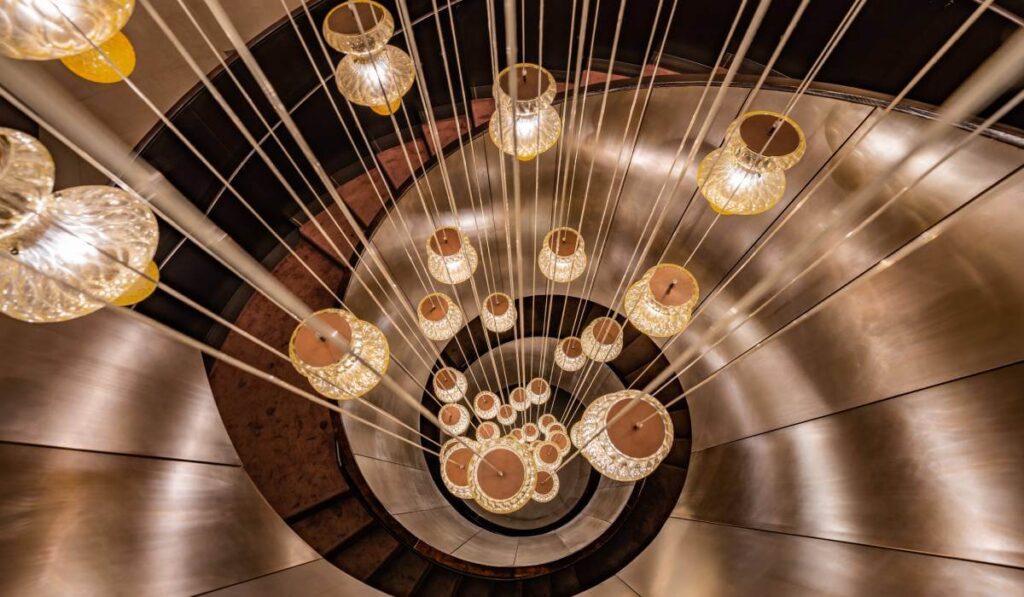The rise of aluminium in modern interior design
In the realm of contemporary interior design, the quest for a perfect balance between innovation and functionality continues. As designers and architects push the boundaries of creativity, materials play a vital role in making visionary concepts a reality.
Among these, aluminium remains a versatile asset, blending durability and adaptability with aesthetics. But how has aluminium been incorporated into the modern world of interior design, and how can you ensure success as a designer?
From sleek urban lofts to minimalist office environments
Thanks to advancements in manufacturing techniques, aluminium has propelled itself beyond conventional applications, establishing itself as a cornerstone of modern interior design. Able to be cut, shaped, anodised, painted and more, aluminium can now be used across every aspect of interiors, from statement pieces to subtle accents. In this article, we will dive deeper into the endless possibilities and answer the following questions:
- Why consider aluminium in interior design?
- How can you use aluminium to shape your spaces?
- Why is it important to choose the right type for your project?
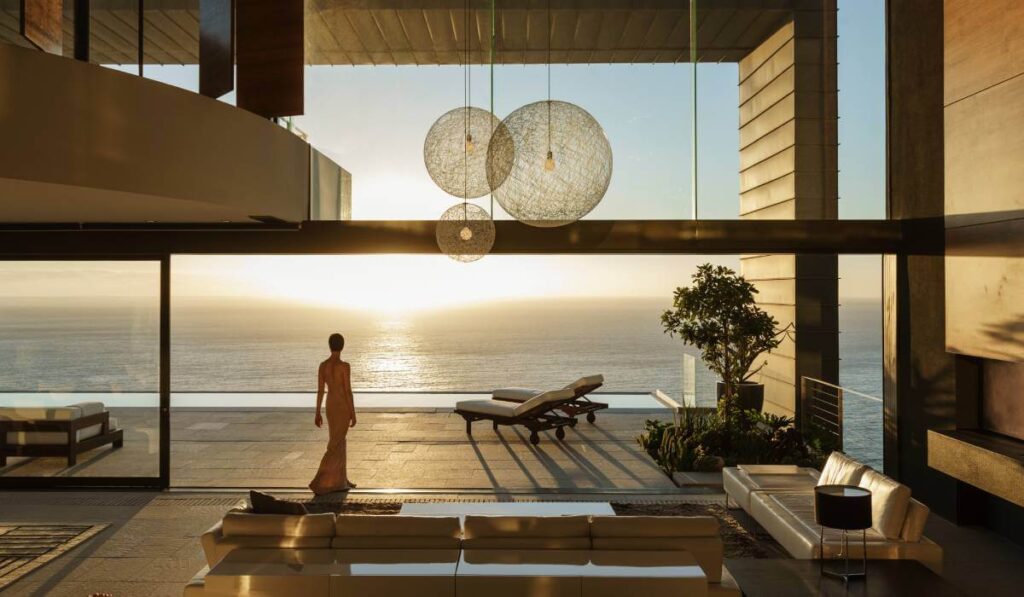
Why consider aluminium in interior design?
Whether it be a contemporary home or modern office space, aluminium pushes the limits of traditional interior design to allow for more creative possibilities. Just some benefits of incorporating aluminium into interior designs include:
Versatility: As aluminium can be moulded into many shapes and forms, it remains a versatile option for specific design needs, whether simple and sleek or intricate and detailed.
Lightweight: Aluminium remains one of the lightest design materials, making it easy to work with and install – perfect for large-scale interior projects where weight may be a concern.
Durability: Robust and corrosion-resistant, aluminium can withstand moisture and humidity without rusting or deteriorating. This makes it a common material for bathrooms and kitchens.
Recyclability: Aluminium can be recycled and reused without losing quality, making it incredibly sustainable. Recent studies show that recycling aluminium uses up to 95% less energy than producing it from scratch using raw materials.
Cost Effectiveness: If you envision stainless steel or brass accents in your interior design yet are conscious about costs, aluminium is the ideal alternative, offering a high-end appearance while remaining cost-effective.
Customisation: From anodising to powder coating and painting, aluminium can be finished in many ways, catering to various colours and textures to complement different design schemes.
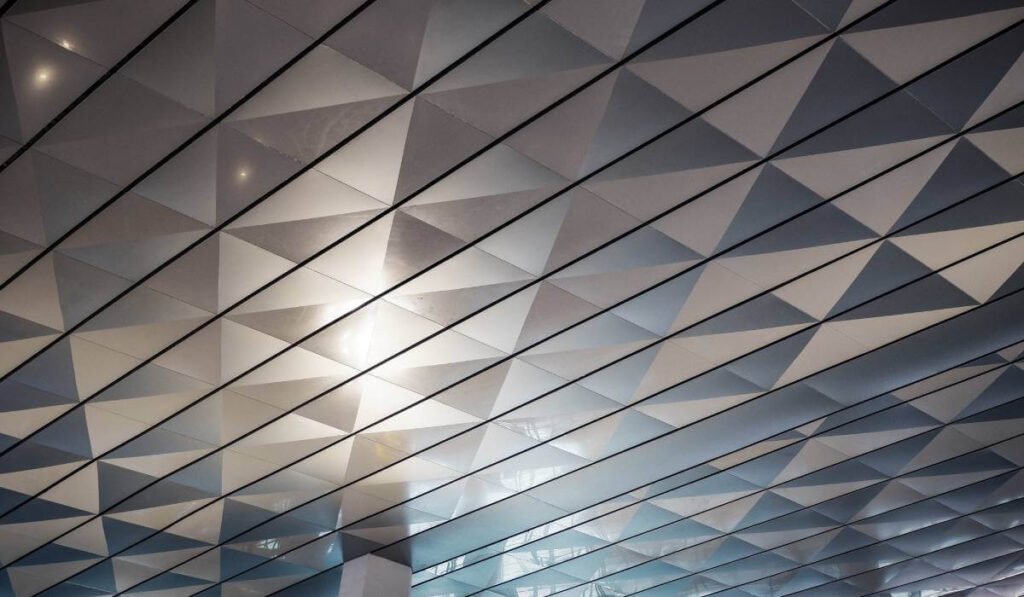
How can you use aluminium to shape your spaces?
Whether aluminium is used as the primary material in interior design or adds subtle accents, the options are endless. Able to be paired effortlessly with leather, glass and many other modern materials, aluminium is often used to create:
Furniture: Furniture remains one of the most common uses of aluminium in interior design. Able to create sleek, industrial-style chairs, tables, shelving units and more, aluminium’s lightweight nature makes it easy to move, and durability ensures longevity.
Wall Panels: Aluminium panels add texture and visual interest to interior walls, creating a focal point. Available in many finishes, including brushed, polished and matte, it couldn’t be easier to customise walls to your design style.
Lighting Fixtures: Not only is aluminium reflective, but it is also easy to mould, making it the perfect light fixture material. From pendant lights to floor lights and wall sconces, aluminium lighting adds a contemporary touch to any space.
Room Dividers: Aluminium room dividers are a stylish way to separate spaces while maintaining an open feel. They can be designed with intricate patterns or laser-cut designs to add a decorative element to the space.
Ceiling Tiles: Less common yet highly effective, aluminium ceiling tiles are lightweight, easy to install and available in many designs. They add subtle visual interest to a room while offering acoustic benefits by absorbing sound.
Staircases: Aluminium staircases not only look impressive but offer strength and stability. Able to be fabricated into various styles, such as straight, spiral and floating staircases, this idea is excellent for adding an architectural element to interior design.
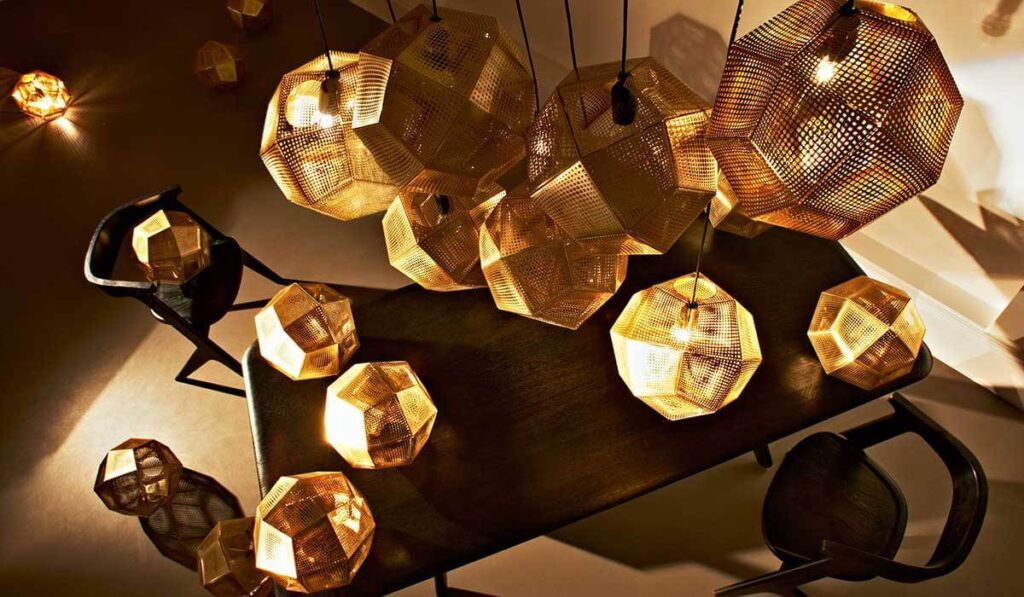
Why is it important to choose the right type for your project?
For more than 40 years, we have supplied aluminium to designers across the globe for projects of all scales, from storefronts to sports stadiums. Before beginning any partnership, it’s vital to discuss how the aluminium will be used to ensure that we pair our clients with the correct metal surface – and this is no different when it comes to interior design. The most common types are:
Aluminium Composite Material (ACM): Aluminium composite material (ACM) is the most popular metal surface among interior designers and architects, thanks to its sleek, modern appearance and ease of maintenance. Created with a sandwich-like composition, ACM consists of two thin aluminium sheets bonded to a non-aluminium core. Its lightweight, durable features make it suitable for wall cladding, ceiling panels, feature walls, and more.
High Pressure Laminate (HPL): As the most hardwearing decorative surface, high-pressure laminate is designed with layers of paper, resin, and aluminium sheets. The surface is then subjected to high heat and pressure to form a single, hardened surface, which is then coated for aesthetic purposes. This makes HPL ideal for interior components more likely to experience wear and tear, such as worktops, cabinets and doors.
Raw Aluminium: Along with combining aluminium with other materials for a specific purpose, the beauty of raw, uncompromised aluminium cannot be understated. Perfect for adding metallic elements to designs, raw aluminium offers an opportunity to add sleek accents such as shelves, lighting fixtures, wall art, handles and much more.
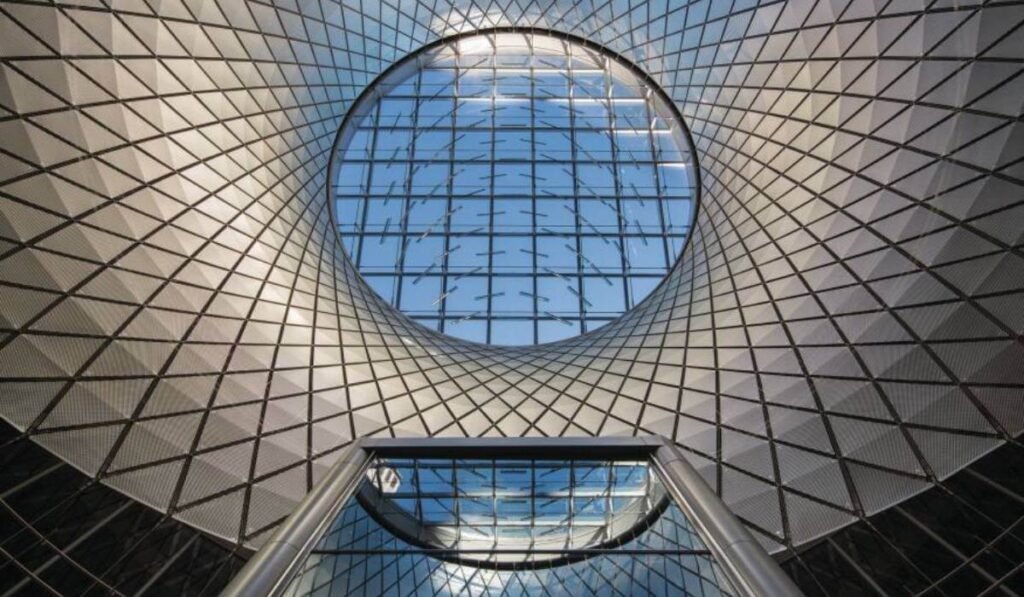
Transforming modern spaces with versatility and style
As we continue to explore the endless potential aluminium brings to modern interior design, there has never been a better time than the present to incorporate metal surfaces into your projects. If you’re looking to explore options in more detail, do not hesitate to speak with our specialist team. With decades of experience, we would happily walk you through the different metal surfaces available based on your vision.

